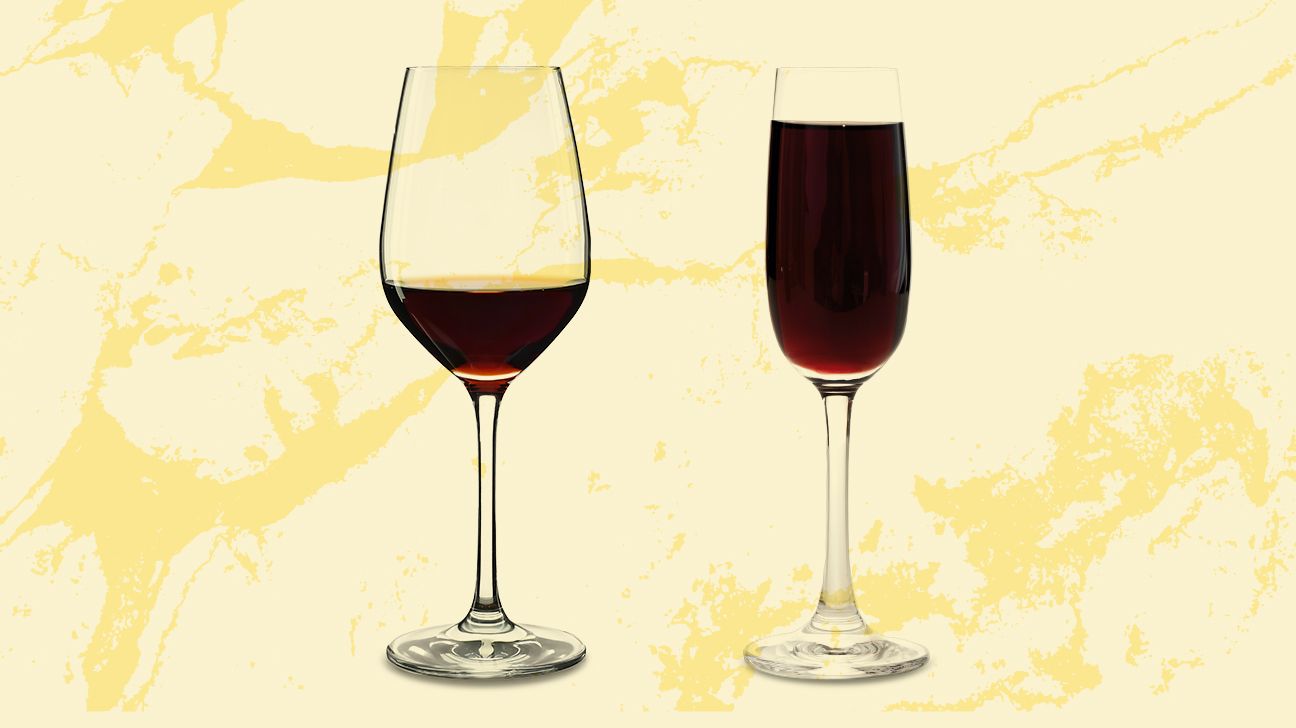Getting to know your way around dessert wines can intimidate even the most confident grape lover. You know your Italian and your French and can confidently tell a Malbec from a merlot. But the question, “What is the difference between port and Madeira?” may stop you cold.

The good news: All you really need to know is these freaking delicious after-dinner wines, both known for their complex, brandy-infused flavor, are shaking off the rep of being your grandmother’s drink. Trust us when we say serve either at your next dinner party and everyone will forget about bourbon almost immediately. Below, a guide to both of these Portuguese MVPs.
- What Is Port?
- What Is Madeira?
- How to Tell the Difference
Produced in Portugal’s Douro Valley, this fortified wine is named after the coastal town Oporto and is made from indigenous Portuguese grapes. The Douro Valley yields a bunch of different varieties of grapes, but five or six red varietals are used in most wines, including touriga nacional, touriga francesca, tinta roriz, tinta barroca, and tinta cão.
Near the end of the fermentation process, a spirit derived from the same grapes — a type of brandy known as aguardente—is added to the wine (that’s the fortified part). This boosts the alcohol content, and stops the fermentation process, which leaves sugar in the liquid and gives the port its soft sweetness. The aguardiente also serves as a natural preservative: A higher alcohol content means that the wine is less likely to spoil, which made it possible for the wine to survive long stretches at sea.
Port can be red or white, and exists in several different varietals, including vintage (meant to age up to 50 years after being bottled) tawny port (multiple-vintage port that is aged in barrels for up to 40 plus years, and meant to be drunk soon after bottling) and colheita port (a single-vintage aged in barrels). Traditionally, port was an after-dinner drink paired with cheese, but it’s not uncommon to find port pairings for all courses. Try a moderately-priced port like Quinta do Noval Black with a splash of tonic and you have your new aperitif.
Madeira originated from the Portuguese islands of the same name, which lie off the coast of Africa. As Portuguese winemakers discovered fortification as a safeguard against spoilage, so, too, did 17th-century winemakers in Madeira. However, the tropical climate of the islands, as well as the intense heat in the hold of a ship, led to a fortuitous discovery. Heating the wine made for a distinct flavor many drinkers—including those in pre-revolutionary America—seemed to prefer. In fact, customers began asking for wine labeled vinho da roda, which means, made the round trip.
Since it wasn’t exactly cost-effective to send bottles of wine on a trans-Atlantic trip just to boost their flavor profiles, winemakers in Madeira began storing the wine to actively harness heat. Madeira would be stored in rooms called estufas, where direct sunlight would hit the bottles. Today, many winemakers use technology to hasten the “estufagem” process, but some traditional winemakers still rely on the heat of the sun.
Specifics vary depending on style etc. But the aging process for Madeira is different than any wine in the world. The high heat it’s exposed to usually gives it a more complex flavor profile than port. The result is almost a smoky, roasted nut flavor. Basically, when it comes to after-dinner sips though, there is no wrong choice. Do as we do and put a bottle of each out on the table after the plates are cleared.
